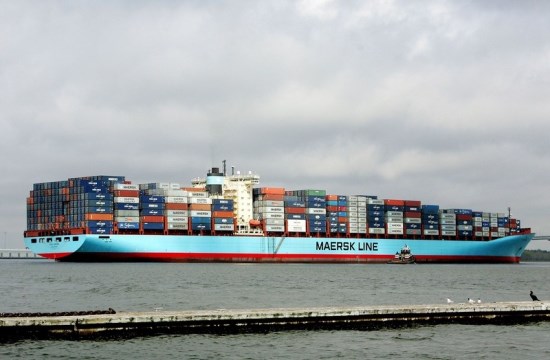US South Carolina’s forest products industry seeks to grow exports to key, emerging markets
Source:postandcourier.com
A growing, consumer-driven middle class, a burgeoning furniture industry and stepped-up efforts to protect its own forests are driving the growth of wood product shipments to China from the Port of Charleston and other U.S. markets, a panel of global business experts said Monday.

A growing, consumer-driven middle class, a burgeoning furniture industry and stepped-up efforts to protect its own forests are driving the growth of wood product shipments to China from the Port of Charleston and other U.S. markets, a panel of global business experts said Monday.
The discussion, part of the Southern Forest Products Exports Conference in Charleston, highlighted the top current and emerging markets for the forest industry in the Southeastern United States. Those countries also include India, Turkey and the European Union.
While European Union countries are facing uncertain economies as they wait for Britain’s EU exit to play out, China’s growth appears unstoppable, panelists said.
China is the world’s fastest-growing import market for forest products, with roughly one-fourth of all wood exports from the U.S. going to that country. Forest products are the No. 1 commodity leaving the Port of Charleston, with $1.5 billion in annual exports. China is the top customer for those exports, according to the State Ports Authority.
“The two fastest-growing product sectors are hardwood lumber and softwood logs,” Anna Ashton, director of business advisory services for the U.S.-China Business Council, said during the opening day of exports conference.
China produces 40 percent of the world’s furniture, Ashton said, fueling the need for wood that it often can’t obtain domestically because of a government ban on logging in large parts of the country’s forests. The ban is part of China’s efforts to increase its forest cover and become more environmentally friendly. It’s just one example of industrial and societal shifts transforming the communist nation.
“China has a very competitive labor market with many multinational firms and wages are definitely rising as it becomes a more well developed economy,” Ashton said. “A lot of the low-wage jobs that we associate with China are actually moving out of China to other countries in the region.”
China’s appetite for American wood is a relatively new phenomenon, with U.S. exports to the country growing by 500 percent in value since 2009. In that short period of time, the U.S. has nearly tied Russia as the biggest supplier to China’s yearly $22.1 billion foreign lumber intake.
The EU, traditionally one of the top importers of U.S. forest products, is in danger of heading in the opposite direction, said Ford Graham of the S.C. Commerce Department.
While Germany continues to power the economic bloc, Graham said the rest of the continent is experiencing “much more volatility than a year ago.”
Unemployment in the Eurozone is 9.6 percent and economic growth in the United Kingdom is projected to slide to 1.1 percent in 2017 from 1.8 percent this year.
All of which dampens European consumers’ demand for wood products.
Among the most promising emerging markets for forest products is India, where imports of U.S. lumber have increased by more than 360 percent since 2010.
“It starts at a small base, but it’s growing at a very rapid rate,” said Indroneil Ganguly, associated director of the Center for International Trade in Forest Products at the University of Washington.
India’s thriving furniture, plywood and paneling industries as well as growth in per-capita income are fueling demand in the country, which has banned private-sector harvesting in public forests since the 1980s. Ganguly said. India also is supporting log and lumber imports with low tariffs.
Turkey gets most of its wood products from Ukraine, but it is seen as an emerging market for the U.S. because of its population growth and more stringent building codes stemming from a 1999 earthquake that killed more than 17,000 people and caused $6.5 billion in damages.
Ibrahim Sirtioglu, a senior agricultural marketing specialist based in Turkey for the U.S. Department of Agriculture, said the country’s dependence on foreign energy sources presents an opportunity for American forest product companies. About half of the wood chips used for fuel come from the United States.
South Carolina’s forest industry contributes $18.9 billion annually to the state’s economy, with exports growing at a rate of 4.8 percent per year.
Nearly 80 percent of those exports leave South Carolina by vessel through the Port of Charleston.
The exports conference continues Tuesday, highlighted by field trips to the port’s container terminals, the KapStone Paper and Packaging mill in North Charleston and Ingevity, which makes specialty chemicals from wood.
(Source: postandcourier.com Author: David Wren)


 沪公网安备31010402003309号
沪公网安备31010402003309号



